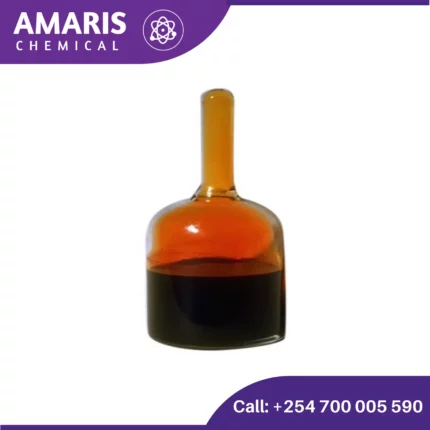
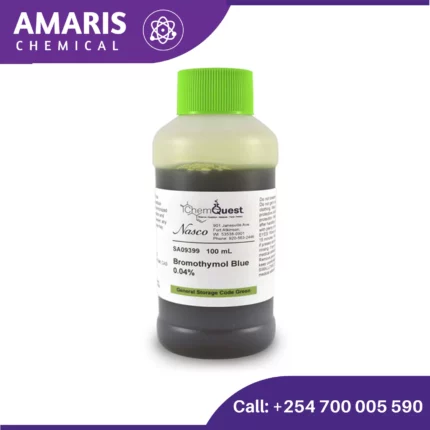
Bromine Water 1 liter
$1,750.00 Original price was: $1,750.00.$1,600.00Current price is: $1,600.00.
Bromine water is a solution of bromine (Br₂) in water. It is a reactive and strong oxidizing agent used primarily in chemical analysis and organic chemistry. Here are some key points about bromine water:
Properties
- Appearance: It has a reddish-brown color due to the presence of bromine.
- Odor: It has a strong, unpleasant smell similar to chlorine.
- Solubility: Bromine is only slightly soluble in water but dissolves better in organic solvents.
Table of Contents
ToggleUses of Bromine Water
1. Testing for Unsaturation in Organic Compounds
Bromine water is widely used to test for the presence of unsaturated compounds (alkenes and alkynes). When added to an unsaturated compound, the bromine adds across the double or triple bonds, leading to the decolorization of the bromine water.
- Example Reaction: C2H4(ethene)+Br2→C2H4Br2(1,2-dibromoethane)text{C}_2text{H}_4 (text{ethene}) + text{Br}_2 rightarrow text{C}_2text{H}_4text{Br}_2 (text{1,2-dibromoethane})C2H4(ethene)+Br2→C2H4Br2(1,2-dibromoethane)
2. Detection of Phenols
Phenols react with bromine water to form a white precipitate of 2,4,6-tribromophenol, indicating the presence of a phenolic group.
- Example Reaction: C6H5OH(phenol)+3Br2→C6H2Br3OH(2,4,6-tribromophenol)+3HBrtext{C}_6text{H}_5text{OH} (text{phenol}) + 3text{Br}_2 rightarrow text{C}_6text{H}_2text{Br}_3text{OH} (text{2,4,6-tribromophenol}) + 3text{HBr}C6H5OH(phenol)+3Br2→C6H2Br3OH(2,4,6-tribromophenol)+3HBr
3. Oxidation Reactions
Bromine water can oxidize certain functional groups in organic compounds, such as converting aldehydes to carboxylic acids.
- Example Reaction: RCHO(aldehyde)+Br2+H2O→RCOOH(carboxylic acid)+2HBrtext{RCHO} (text{aldehyde}) + text{Br}_2 + text{H}_2text{O} rightarrow text{RCOOH} (text{carboxylic acid}) + 2text{HBr}RCHO(aldehyde)+Br2+H2O→RCOOH(carboxylic acid)+2HBr
4. Identification of Aliphatic Amines
Primary and secondary aliphatic amines can be distinguished from tertiary amines using bromine water. Primary and secondary amines react with bromine to form N-bromoamines, while tertiary amines do not react.
5. Detection of Aniline and Its Derivatives
Aniline and its derivatives react with bromine water to form a precipitate of 2,4,6-tribromoaniline, which is a useful test for identifying these compounds.
- Example Reaction: C6H5NH2(aniline)+3Br2→C6H2Br3NH2(2,4,6-tribromoaniline)+3HBrtext{C}_6text{H}_5text{NH}_2 (text{aniline}) + 3text{Br}_2 rightarrow text{C}_6text{H}_2text{Br}_3text{NH}_2 (text{2,4,6-tribromoaniline}) + 3text{HBr}C6H5NH2(aniline)+3Br2→C6H2Br3NH2(2,4,6-tribromoaniline)+3HBr
6. Bleaching and Disinfection
Due to its strong oxidizing properties, bromine water can be used for bleaching certain substances and as a disinfectant in laboratory settings.
7. Analytical Chemistry
Bromine water is used in various qualitative and quantitative analyses to identify and measure specific organic and inorganic substances.


 Emollients
Emollients Humectants
Humectants UV Filters
UV Filters Surfactants (cosmetic)
Surfactants (cosmetic) Preservatives (cosmetic)
Preservatives (cosmetic) Fragrances and Essential Oils
Fragrances and Essential Oils Antioxidants (cosmetics)
Antioxidants (cosmetics)
 Solvents (lab)
Solvents (lab) Chromatography Chemicals
Chromatography Chemicals Microbiology and Cell Culture Reagents
Microbiology and Cell Culture Reagents Biochemical Reagents
Biochemical Reagents Inorganic and Organic Standards
Inorganic and Organic Standards Spectroscopy Reagents
Spectroscopy Reagents Molecular Biology Reagents
Molecular Biology Reagents
 Precious Metal Extraction Agents
Precious Metal Extraction Agents
 Plasticizers
Plasticizers Polymerization Initiators
Polymerization Initiators Stabilizers
Stabilizers Monomers
Monomers Fillers and Reinforcements
Fillers and Reinforcements Antioxidants (plastics)
Antioxidants (plastics) Colorants (plastic pigments,Dyes)
Colorants (plastic pigments,Dyes)
 Fertilizers
Fertilizers Plant Growth Regulators
Plant Growth Regulators Soil Conditioners
Soil Conditioners Animal Feed Additives
Animal Feed Additives Biostimulants
Biostimulants
 Dough Conditioners
Dough Conditioners Flour Treatments
Flour Treatments Fat Replacers
Fat Replacers Preservatives (baking)
Preservatives (baking)
 Surfactants (cleaning)
Surfactants (cleaning) Builders
Builders Bleaching Agents
Bleaching Agents Enzymes
Enzymes Solvents (cleaning)
Solvents (cleaning) Fragrances
Fragrances Disinfectant
Disinfectant Metal cleaning
Metal cleaning
 Binders/Resins
Binders/Resins Pigments
Pigments Solvents (paint)
Solvents (paint) Additives
Additives Driers
Driers Anti-Corrosion Agents
Anti-Corrosion Agents Specialty Coatings
Specialty Coatings Functional Coatings
Functional Coatings Application-Specific Coatings
Application-Specific Coatings
 Sealants and Adhesives
Sealants and Adhesives
 Biodegradable Surfactants
Biodegradable Surfactants Bio-based Solvents
Bio-based Solvents Renewable Polymers
Renewable Polymers Carbon Capture Chemicals
Carbon Capture Chemicals Wastewater Treatment Chemicals
Wastewater Treatment Chemicals
 Preservatives (food)
Preservatives (food) Flavor Enhancers
Flavor Enhancers Acidulants
Acidulants Sweeteners
Sweeteners Emulsifiers
Emulsifiers Antioxidants (food)
Antioxidants (food) Colorants (food)
Colorants (food) Nutrient Supplements
Nutrient Supplements Nutraceutical Ingredients
Nutraceutical Ingredients
 Fresh Herbs
Fresh Herbs Whole Spices
Whole Spices Ground Spices
Ground Spices Spice Blends
Spice Blends
 Surfactants(oil)
Surfactants(oil)
 Antibiotics
Antibiotics Active Pharmaceutical Ingredients
Active Pharmaceutical Ingredients Excipients
Excipients Vaccine Adjuvants
Vaccine Adjuvants Nutraceutical Ingredients
Nutraceutical Ingredients Solvents (pharmaceutical)
Solvents (pharmaceutical)
 Automotive chemicals
Automotive chemicals Pyrotechnic Chemicals
Pyrotechnic Chemicals


 Vulcanizing Agents
Vulcanizing Agents Accelerators & Retarders
Accelerators & Retarders Antidegradants
Antidegradants Reinforcing Agents
Reinforcing Agents Plasticizers & Softeners
Plasticizers & Softeners Fillers & Extenders
Fillers & Extenders Blowing Agents
Blowing Agents Adhesion Promoters
Adhesion Promoters
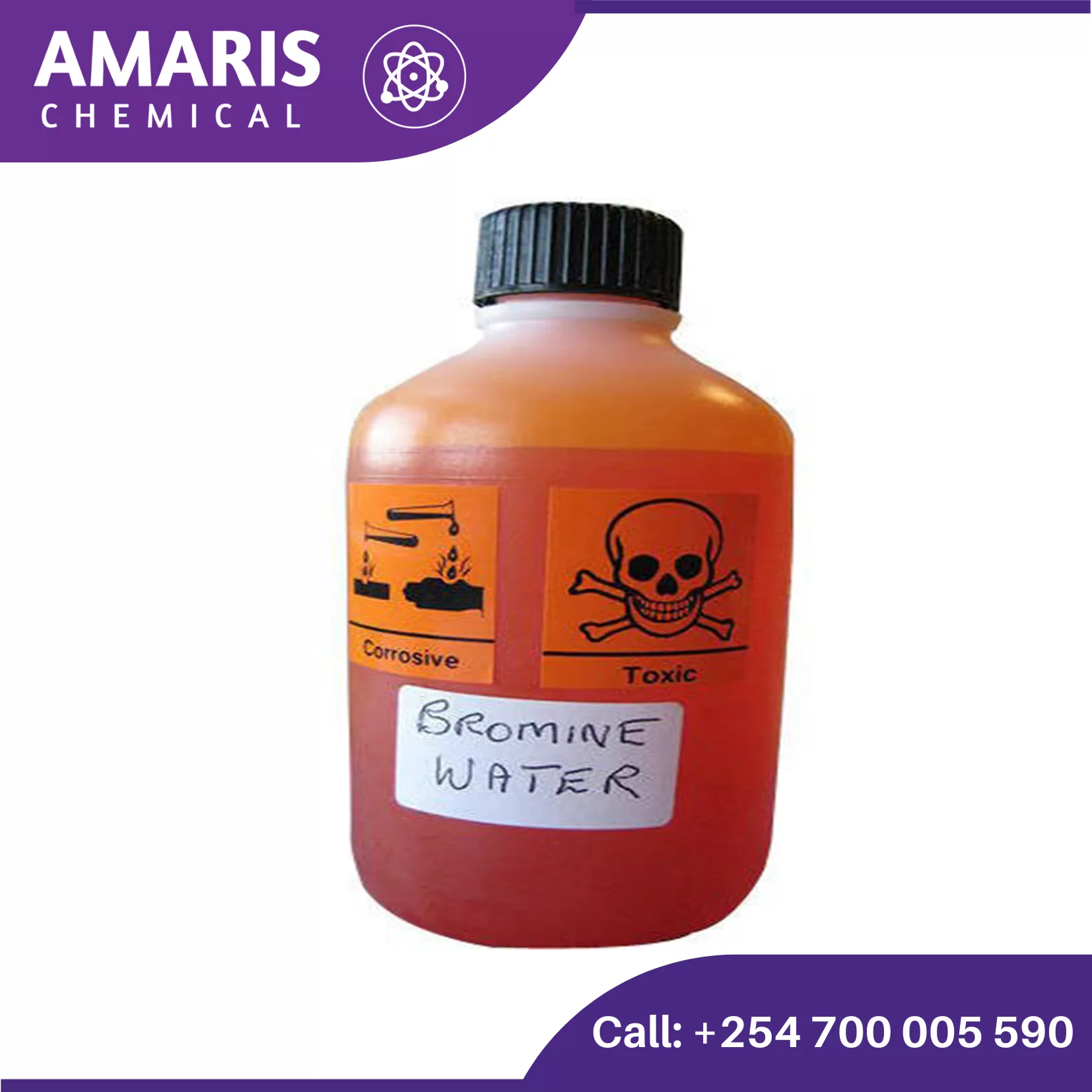
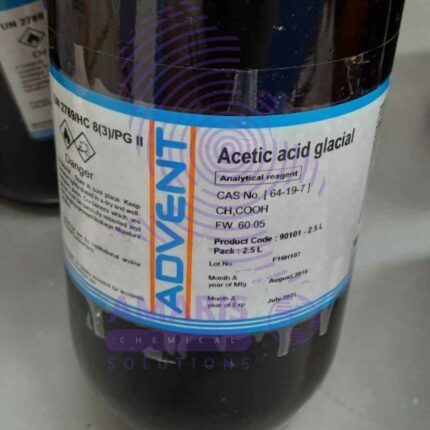
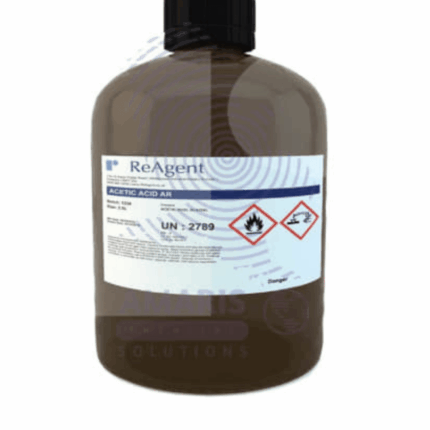
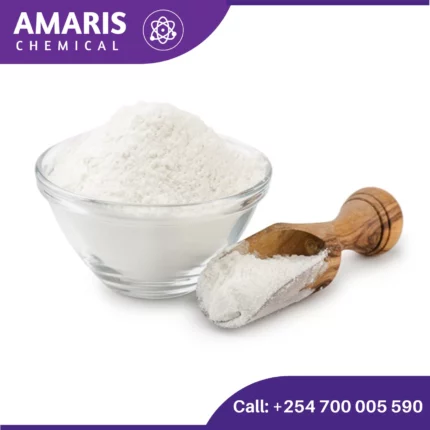
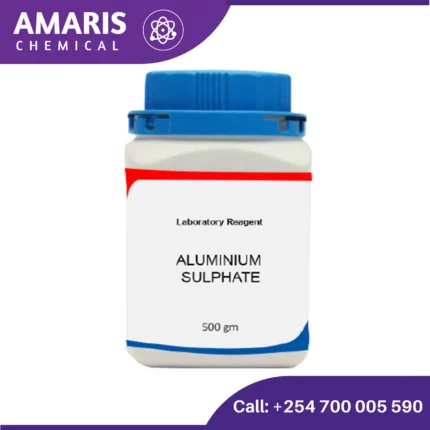

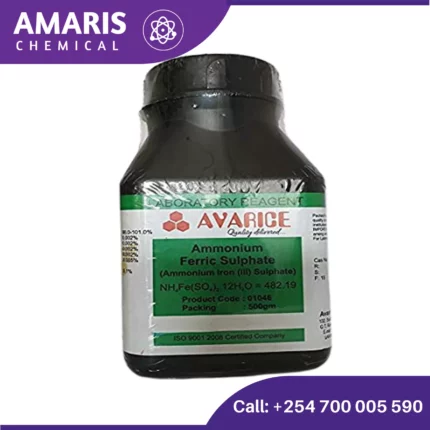
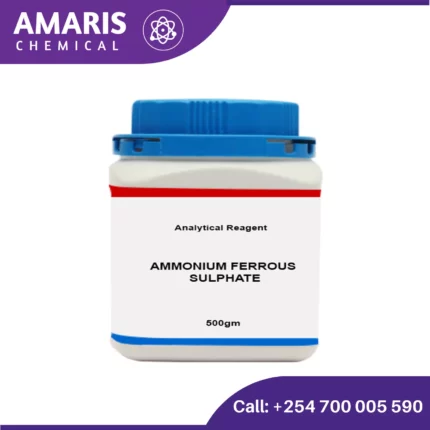
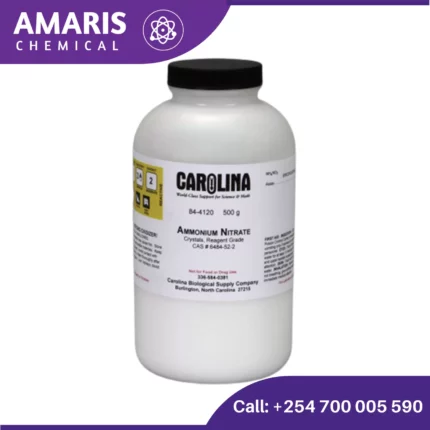
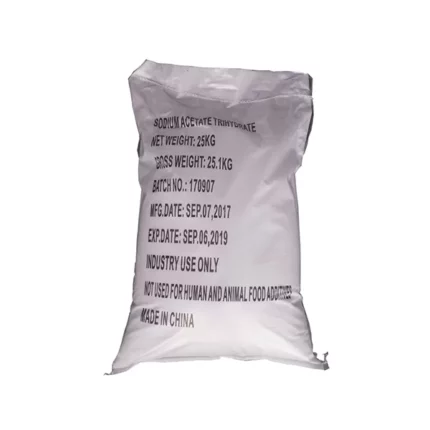














Reviews
There are no reviews yet.